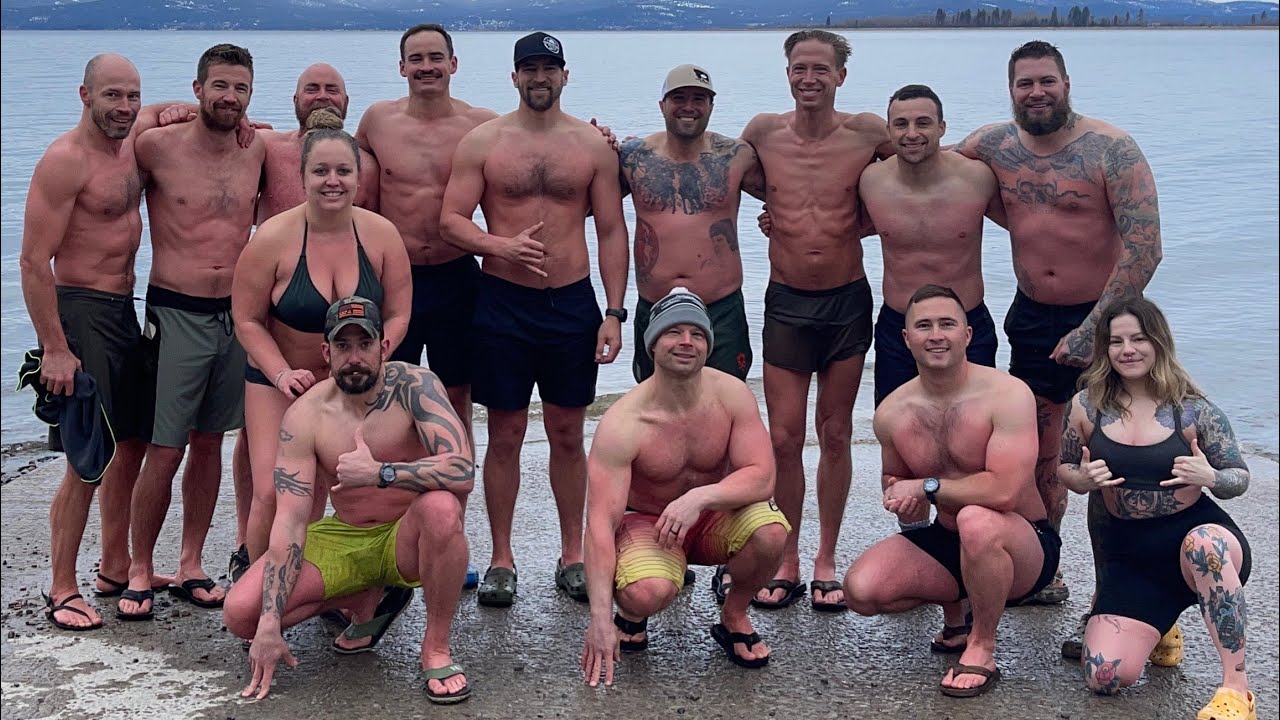Special Guest PostPeople like to feel like they are a part of something, and the Dakota access pipeline protests are no different. Opportunistic activists, celebrities and a sleugh of Native American tribes have, with the help of the media, done an excellent job of ensuring that the narrative there reflects their version of events.Namely, that a small, heroic band of Native Americans (and well-to-do environmentalists who can afford to fly there from around the country) are “protecting the water” from an intrusive government hell-bent on destroying the Sioux's water supply, and in the eyes of the public, their way of life.The historical parallels make for a compelling story. Native Americans were treated poorly by the government in the past, and now the noble Standing Rock Sioux are "standing" up to the evil Army Corps of Engineers, whose only goal is to desecrate sacred burial grounds while failing to inform the tribe of their intentions from the outset. It reflects the broken treaties and unkept promises to Native Americans of the 19th century.

Unfortunately, the facts simply do not reflect this narrative. The protestors’ tale begins to break down under the kind of scrutiny that any decent journalist should apply to it, a scrutiny which very few honest reporters actually utilized in this case.No matter how many stories the media prints about young Sophia Wilansky’s arm being blown off by a police concussion grenade, they will fail to convince me (someone who used explosives in the military and knows what an RE Factor is) that it wasn’t Sophia’s own emplacing of a propane tank improvised explosive device that mangled her appendage. IED emplacers manage to hurt themselves all the time. She is no different.Go ahead and google her name. I'll wait for any other journalistic article to come up that followed up on her initial claims.There is absolutely no way that Sophia Wilansky's arm took the kind of damage it did from a concussion grenade, which the police don't even use. The only kind of grenade they might have are flashbangs, which couldn't possibly do that kind of damage.She learned a valuable lesson in IED emplacement, though, the same lesson that these three gentlemen in Afghanistan also learned:https://youtu.be/EyNpd9LCS8YNor will I believe that the Army Corps of Engineers, a bureaucracy of the highest order, along with companies with thousands of employees dedicated to compliance, did not, at any point, consult with the Standing Rock Sioux or other tribes about the course of this pipeline. The record shows at least 389 meetings with 55 different tribes, and multiple meetings about the pipeline with the Standing Rock Sioux.These meetings were done in good faith, considering that the pipeline does not, at any point, actually cross onto Standing Rock Sioux land.According to the Standing Rock Fact Checker website, a publication of the Midwest Alliance for Infrastructure Now, which consists of dozens of unions, corporations and associations in agriculture, business and labor, the Army Corps of Engineers met with the Standing Rock Sioux almost a dozen times to discuss the finalized Dakota Access route.[caption id="attachment_9065" align="aligncenter" width="1024"]

What the hell is this priest even doing there? Source: Reuters[/caption]Concerns about the water supply for the tribe are, in my opinion, overblown. Besides utilizing state of the art technology and safety measures, the pipeline sits 92 feet below the riverbed, making it unlikely to damage any water supply even in the event of a burst.These facts are completely irrelevant, though, when you consider that the Sioux have also been given (at the government’s expense) a brand new water intake 70 miles away.In addition, claims about the cultural, sacred burial grounds that the pipeline flows through are completely baseless; every inch of the pipeline is on private property. Furthermore, the Corps of Engineers actually employs archaeologists in order to ensure that any discovered artifacts are properly attended to. Is this the kind of organization that would nefariously "fast-track" a pipeline to get it past the Standing Rock Sioux?I find it unlikely.It’s time to come to terms with the Dakota Access Pipeline protests and call them what they are: well-meaning environmentalists who do not have a leg to stand on at best, and IED-emplacing, molotov-cocktail-throwing hooligans at worst (although I'm hopeful these represent a minority.I do not envy the police officers called in to deal with people who place propane IED’s in burnt-out cars. We should not let the emotions of our Facebook friends and the pro-protestor media narrative get in the way of the facts.



%201.svg)









